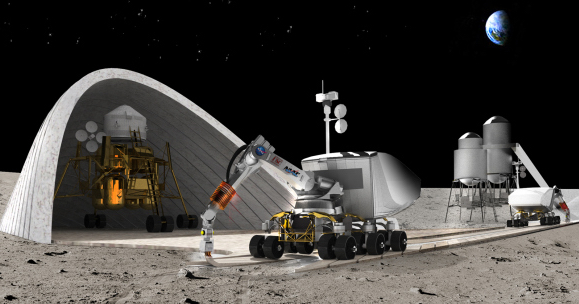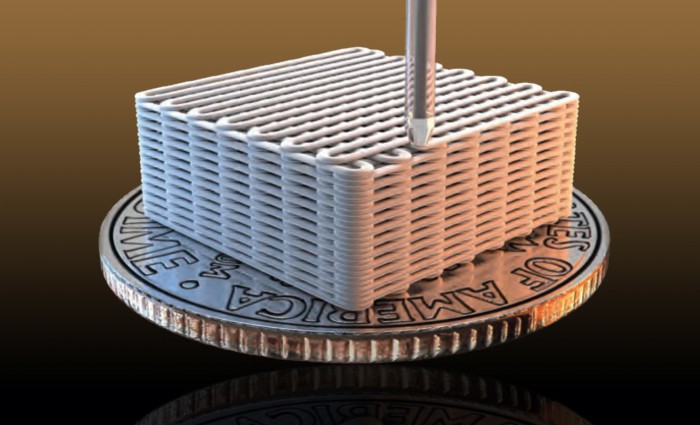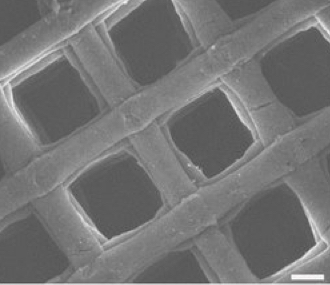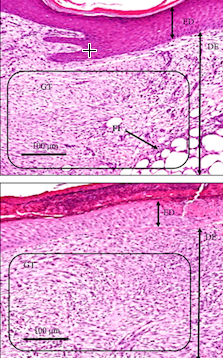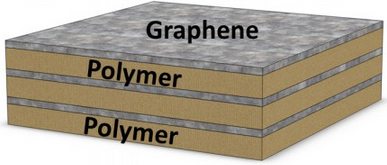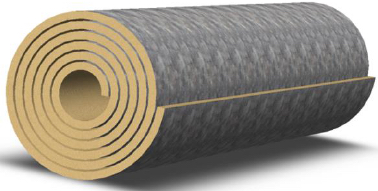
Scientists at MIT have developed a systematic approach to research the structure of spider silk, blending computational modeling and mechanical analysis to 3D-print synthetic spider webs (credit: Zhao Qin et al./Nature Communications)
MIT scientists have developed a systematic approach to research the structure of spider “silk” (which ounce for ounce, is stronger than steel) and how spiders optimize their own webs. The researchers are blending computational modeling and mechanical analysis to 3D-print synthetic spider webs, with the goal of fabricating and testing synthetic spider-web structures.
“This is the first methodical exploration of its kind,” says Professor Markus Buehler, head of MIT’s Department of Civil and Environmental Engineering (CEE), and the lead author of an open-access paper appearing in Nature Communications. “We are looking to expand our knowledge of the function of natural webs in a systematic and repeatable manner.”
The lessons learned through this approach may help harness spider silk’s strength for other uses, and ultimately inspire engineers to digitally design new structures and composites that are lighter, more reliable, and damage-resistant.
Reverse-engineering the spider’s sophisticated architecture
The study explores the relationship between spider web structure, loading points, and failure mechanisms. By adjusting the material distribution throughout an entire web, a spider is able to optimize the web’s strength for its anticipated prey.
The team, adopting an experimental setup, used metal structures to 3D-print synthetic webs, and directly integrate their data into models. “Ultimately we merged the physical with the computational in our experiments,” Buehler says.
According to Buehler, spider webs employ a limited amount of material to capture prey of different sizes, with materials only a few micrometers (millionths of a meter) in diameter.
The 3D-printed models, Lewis says, open the door to studying the effects of spider-web architecture on strength and damage tolerance — a feat that would have been impossible to achieve using only natural spider webs.
Buehler’s team used orb-weaver spider webs as the inspiration for their 3-D designs. In each of their samples, they controlled the diameter of the thread as a method of comparing homogeneous and heterogeneous thread thickness.
The work revealed that spider webs consisting of uniform thread diameters are better suited to bear force applied at a single point, such as the impact coming from flies hitting webs, while a nonuniform diameter can withstand more widespread pressure, such as from wind, rain, or gravity.
The team now plans to examine the dynamic aspects of webs through controlled impact and vibration experiments, changing the printed material’s properties in real time and opening the door to printing optimized, multifunctional structures.
Abstract of Structural optimization of 3D-printed synthetic spider webs for high strength
Spiders spin intricate webs that serve as sophisticated prey-trapping architectures that simultaneously exhibit high strength, elasticity and graceful failure. To determine how web mechanics are controlled by their topological design and material distribution, here we create spider-web mimics composed of elastomeric filaments. Specifically, computational modelling and microscale 3D printing are combined to investigate the mechanical response of elastomeric webs under multiple loading conditions. We find the existence of an asymptotic prey size that leads to a saturated web strength. We identify pathways to design elastomeric material structures with maximum strength, low density and adaptability. We show that the loading type dictates the optimal material distribution, that is, a homogeneous distribution is better for localized loading, while stronger radial threads with weaker spiral threads is better for distributed loading. Our observations reveal that the material distribution within spider webs is dictated by the loading condition, shedding light on their observed architectural variations.


